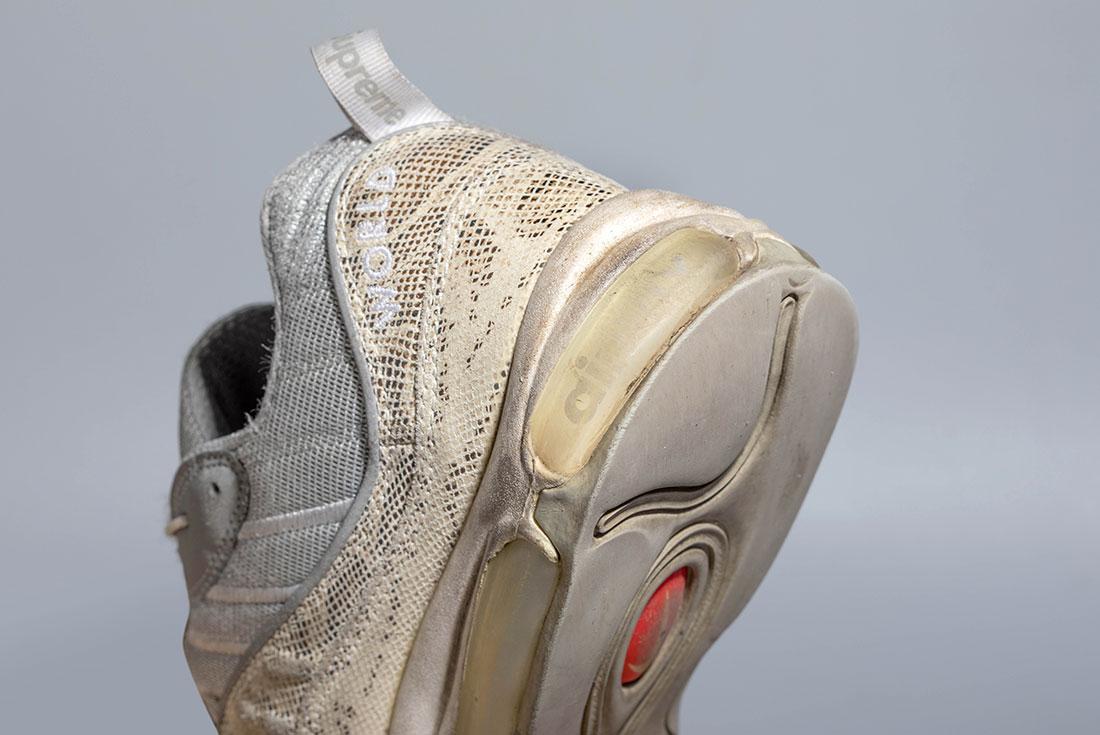What Causes Heel Drag to Sneakers and Why Does It Happen?
Heel drag is a biomechanical inevitability when wearing sneakers. Ever since humans started protecting their feet with leather and rubber coverings, one of the first areas to bear the brunt of walking is the lateral corner of the heel.
For decades, cobblers, physiotherapists and sneakerheads alike have been trying to address this issue. And while this discussion is not the solution, it might help make things a little clearer to prevent things from dragging out for too long.
Basic Biomechanics
The particular motion in which people walk is referred to as the gait. Everyone has a unique gait – and each leg/foot has its own way of moving and interacting with the ground. This is simply a physical response to distributing weight, load and impact throughout the feet and up the legs into the rest of the body.
Most people naturally land on the lateral side of their heel and roll the foot inwards to distribute the impact. This is known as pronation, and is perfectly normal. However, some people roll their weight disproportionately towards their midline, which is commonly considered to be over pronation. Over pronators will therefore create more wear on the medial side of the shoes. They also tend to exhibit collapsed arches/flat feet.

The opposite of this phenomenon is supination, whereby the foot is too rigid and does not roll enough to distribute impact. Therefore, most of the contact occurs on the lateral side of the foot, causing accelerated wear on this side of the shoes too – thus causing excessive heel drag. Conversely, supinators are likely to have high arches.
There is a third gait category: neutral. As this name suggests, motion is within a neutral range that’s not excessive in either direction to be classified as over pronation or supination. Of course, there will be some pronation, as that is how the human foot tends to work. This lucky category has less reason to blame biomechanics for heel drag!
Counteracting Heel Drag
As much as heel drag is caused by biomechanical reasons, and functional transgressions, it can be alleviated. And in some cases it can reversed by the same factors.
The Future of Heel Drag
Unless humans undergo some sort of major evolutionary change that completely alters the way they walk, heel drag will remain an unfortunate reality of wearing shoes. At the end of the day, unless they’re intended to be shoe box queens, sneakers generally look better worn in anyway!
